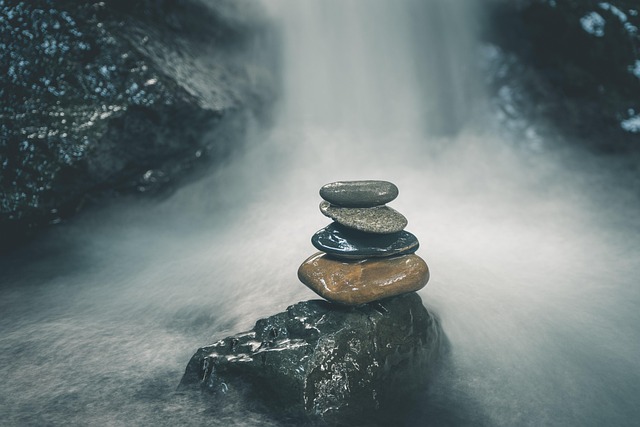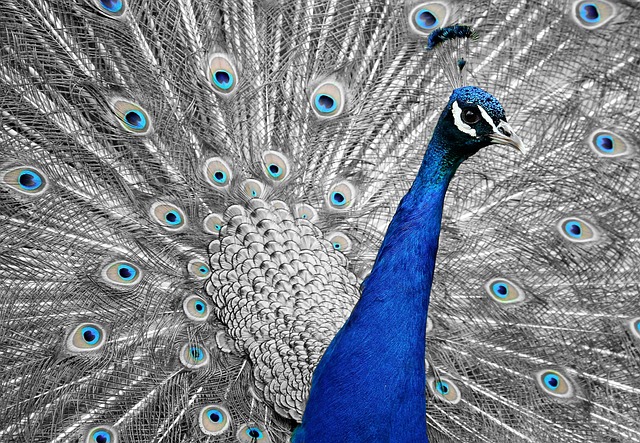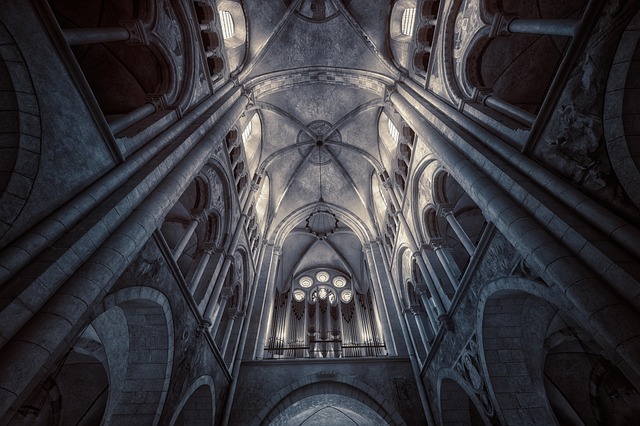When an artist steps into a studio, the first decision that often surfaces is how to arrange the elements of a composition so that they resonate with the viewer. This is the pursuit of balance, a guiding principle that underlies the language of visual art. Balance is not merely a technical requirement; it is a dialogue between the artist and the audience, a conversation that transcends time, culture, and medium. By mastering the subtle interplay of light and shadow, color and form, artists can create works that feel stable yet alive, grounded yet soaring.
The Roots of Balance in Artistic Tradition
Balance has deep roots in artistic tradition, from the symmetry of classical architecture to the rhythmic patterns of Asian brushwork. In Western painting, the Vitruvian principles of proportion and the rule of thirds emerged as early frameworks for achieving equilibrium. Japanese ink wash, or suiboku, emphasizes the asymmetrical balance that allows negative space to breathe, reminding viewers that the absence of form is as essential as its presence.
- Classical symmetry in Renaissance portraiture.
- Eastern emphasis on emptiness and contrast.
- Modernist experiments with dissonant balance.
Visual and Emotional Equilibrium
Balance in visual art serves more than an aesthetic function; it also shapes the emotional response of the observer. A painting that is too heavy on one side can feel oppressive, whereas a carefully distributed visual weight invites contemplation. This equilibrium is mirrored in emotional balance: the tension between light and darkness, joy and sorrow, can create a narrative that feels both complete and dynamic.
“The artist who masterfully balances light and shadow does not merely paint; she writes a silent poem that the eye can read.” – Anonymous
Compositional Techniques for Achieving Balance
Artists employ a variety of compositional tools to establish equilibrium. The placement of focal points, the use of color gradients, and the strategic arrangement of forms all contribute to a sense of stability. One effective method is the use of a central axis, where the main subject is positioned to anchor the composition. Another is the use of dynamic asymmetry, where opposing forces are offset to create tension that resolves into harmony.
Color Theory and Balance
Color can act as both a stabilizer and a disruptor within a composition. Warm hues tend to advance, while cool tones recede; balancing these shifts creates depth. Complementary colors, when placed thoughtfully, can heighten contrast without breaking the overall harmony. Saturation and brightness also play roles; a bright element can act as a visual counterweight to a muted background.
- Warm tones: advance, evoke energy.
- Cool tones: recede, convey calm.
- Complementary pairs: intensify contrast yet maintain balance.
Balance Across Different Mediums
While the concept of balance is universal, its application varies across mediums. In sculpture, mass and void must be reconciled in three dimensions; a bronze figure may rely on weight distribution to appear steady. In digital art, layering and opacity adjustments offer new avenues for balancing lightness and density. Even in performance art, choreography hinges on spatial and temporal equilibrium, guiding the audience’s attention through a deliberate flow.
Case Study: The Use of Balance in Modern Street Art
Contemporary street artists often transform chaotic urban landscapes into moments of visual equilibrium. By juxtaposing large, bold shapes against intricate details, they create a dialogue that balances familiarity with innovation. In a cityscape, a mural may integrate symmetrical patterns with irregular forms, echoing the city’s rhythm while offering a respite for the eye.
Balance as Cultural Reflection
Cultural narratives shape how balance is perceived and executed. Societies that value collectivism may favor harmonious, unified compositions, whereas cultures that celebrate individuality might embrace asymmetry and contrast. Through the lens of balance, art becomes a mirror reflecting societal values, historical transitions, and collective aspirations.
The Role of Balance in Contemporary Installations
Modern installations often blur the boundaries between art and environment. By carefully arranging objects, light sources, and spatial relationships, artists can craft immersive experiences that invite viewers to participate in a balanced ecosystem. These works underscore the idea that balance is not static; it is a living dialogue between artwork, space, and audience.
Teaching Balance: From Studio to Classroom
Educators emphasize balance as a foundational skill for aspiring artists. Drawing exercises that focus on equal distribution of shapes, color palettes that consider complementary balance, and critiques that analyze compositional structure help students internalize this principle. By encouraging experimentation—challenging students to disrupt and then restore balance—teachers foster creative confidence and technical proficiency.
Practical Tips for Artists Seeking Balance
- Start with a sketch that maps visual weight.
- Use the rule of thirds to position focal points.
- Incorporate negative space to prevent overcrowding.
- Experiment with color temperature to create depth.
- Seek feedback from peers to identify imbalance.
In the end, balance remains the invisible thread weaving through the tapestry of fine art. It guides the artist’s hand, informs the viewer’s gaze, and encapsulates the cultural pulse that fuels creative expression. Whether in a humble sketch, a monumental sculpture, or a fleeting performance, balance serves as a silent compass, pointing toward harmony, meaning, and a deeper understanding of the world around us.




